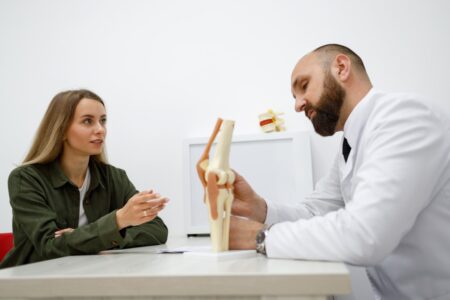Methodologies in the area of cytogenetics
Thursday 1 February 2024

Methodologies in the area of cytogenetics
Guest, Laura Gaspari. Euroclone Product Manager. Degree in Biology.
The magic of Cytogenetics took off when Tjio and Levan in 1956, at the Institute of Genetics of the University of Lund in Sweden, elucidated the correct number of chromosomes immersed inside the cell nucleus. This discovery supported the studies that were being carried out worldwide at the time concerning the phenotypes found in women and children characteristic for Tuner and Down Syndrome respectively.
We invite you to review the webinar of the Annar expert cycle, focused on the area of Cytogenetics!
Cytogenetics is currently still a technique used in the clinical and research laboratory, since it allows an initial mapping of the organization of the 44 autosomes and the 2 sex chromosomes. Karyotyping (correct number and size of each chromosome of each species) continues to prevail in prenatal and postnatal clinical studies due to its low cost compared to molecular techniques.
Currently, this methodology allows a detailed study of the allelic load inherited from the parents. This mapping is possible by means of banding studies using stains such as Giemsa and Trypsin (Banding G) and Quinacrine staining (Banding Q), being these medium resolution bandings when up to 500 bands present in the chromosome can be studied. We speak of a high resolution karyotype when about 800 to 1000 bands per chromosome can be studied. To reach this resolution requires synchronization additives or DNA intercalating agents and proteins that elongate the chromosome allowing the unveiling of a greater number of bands.
Read the full article at Euroclone Webinar Magazine



